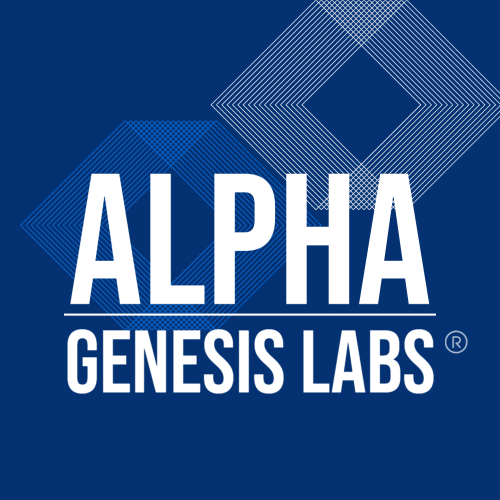What is Lean Coffee?
Originally posted on LinkedIn.
For those of you who are immersed in the Agile culture, this article is not for you. For the rest of us, here’s a short primer in what Lean Coffee® is and why it matters.
In November of 2017 I joined Synerzip, a company founded and led by a person I have admired for many years Hemant Elhence. Now, I have known Hemant and Synerzip for many years, socially and professionally, and I thought I knew what they stood for. But over the last few months I have been pleasantly surprised that the egalitarian, thinking organization Hemant and his co-founder Vinayak Joglekar have created is not just a front or good management but just a deep belief in and adherence to Agile Principles. To serve a baseline, here briefly is the Agile Manifesto that guides these principles:
Agile Manifesto
We are uncovering better ways of developing software by doing it and helping others do it. Through this work we have come to value:
- Individuals and interactions over processes and tools
- Working software over comprehensive documentation
- Customer collaboration over contract negotiation
- Responding to change over following a plan
While there is value in the items on the right, we value the items on the left more.
How simple! How innovative! How is this possible and how does it work (to achieve business goals)? More on this and the 17 original signatories can be found on the related wikipedia page; and is a topic for another article and has been widely written about. Meanwhile, how does that relate to our topic at hand? Well, there are lots of practices that make up good or bad agile practice for software development or what is now being called business agility (practicing agile principles in places other that the software dev group); and Lean Coffee is one of them.
I just returned from the Agile 2018 Conference, that just wrapped up in sunny San Diego hosted by the Agile Alliance, and where I attended a few great Lean Coffees which I enjoyed immensely and became an immediate fan. I also bought and read the thinnest book I could find at the conference “How to Have Great Meetings: a lean coffee book” by Adam Yuret. Its a simple primer and I appreciate the simplicity as a guide. Tangentially, I was once asked in an interview what my spirit animal was; and I only thought of saying “coffee” a few weeks later (friend read it on a t-shirt and told me about it). In any case, lets start at the beginning with a definition.
Lean Coffee – A definition
Lean Coffees are meetings where the agenda is loosely set to discuss topics of interest to the participants. Participants propose topics, vote on topics and the topics which get the highest votes are discussed in a time-boxed manner.
The concept was started in 2009 in Seattle (hence “coffee”) by Lean thought leaders Jim Benson and Jeremy Lightsmith. This Lean Coffee website is a great place to get some background. In May 2012 the term was trademarked by Modus Cooperandi, Inc.
First, the mechanics… what happens at a Lean Coffee…
Here is the playbook:
1 – Proposal
- Topics are proposed by everyone at the meeting
- Use Post-It notes
- Write a topic name and brief description
- Put them up on a board (or the table)
- This starts to create the agenda for the meeting
2 – Voting
- Next everyone gets 2-3 votes that they will use on the topics
- Everyone goes to the board / table and puts a vote in for each topic they want to discuss; this can be a “dot” as a vote on each topic they want to discuss
- People are free to vote on their own topic or put multiple votes on a topic
- This starts to prioritize topics of interest to the group
3 – Ranking
- Topics are ranked in the order of the most votes received and put in the backlog to be discussed
- This creates the prioritized agenda for the meeting
4 – Discussion Format
Now, with a prioritized agenda of topics that are the most important to the participants not just one person, each topic is discussed in turn in a time-boxed manner.

Topics are moved through a Kanban board from “Backlog”, to “Discussing”, to “Done”.

5 – Topic Discussion
While a topic is being discussed, everyone is encouraged to weigh in. After a set amount of time (5-7 minutes) the participants vote to either continue or abandon the topic. If the majority want to continue to discuss the topic they will continue to discuss the topic for another set amount of time (1-2 minutes). At some point, the majority will have felt like the topic has been fully discussed. At which point the group moves on to the next topic.
6 – Ending the Lean Coffee
After all the topics have been exhausted or, more likely, the meeting has run out of time, the participants (may) summarize the key takeaways from the discussions.
Simple.
Finally, why and when to use a Lean Coffee…
Why
- Get all voices heard
- Make progress
- Get buy in
- Makes for a much more interesting, participative meeting!
When
- To flesh out ideas, evaluate next steps, discuss problems or strategies
- All hands meetings to discuss what is important to the group
- Agile retrospectives
- Company retrospectives
- …
More?
Please share your examples of good, bad, sad lean coffees you have attended. What worked? What didn’t work?
Lean Coffee® is a registered trademark of Modus Cooperandi, Inc.



